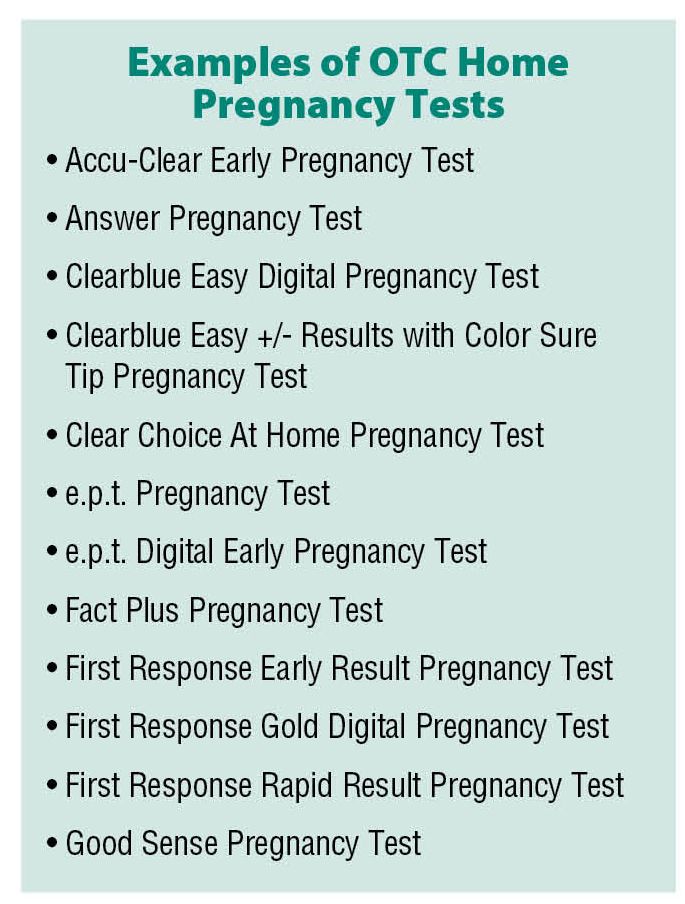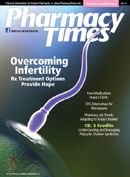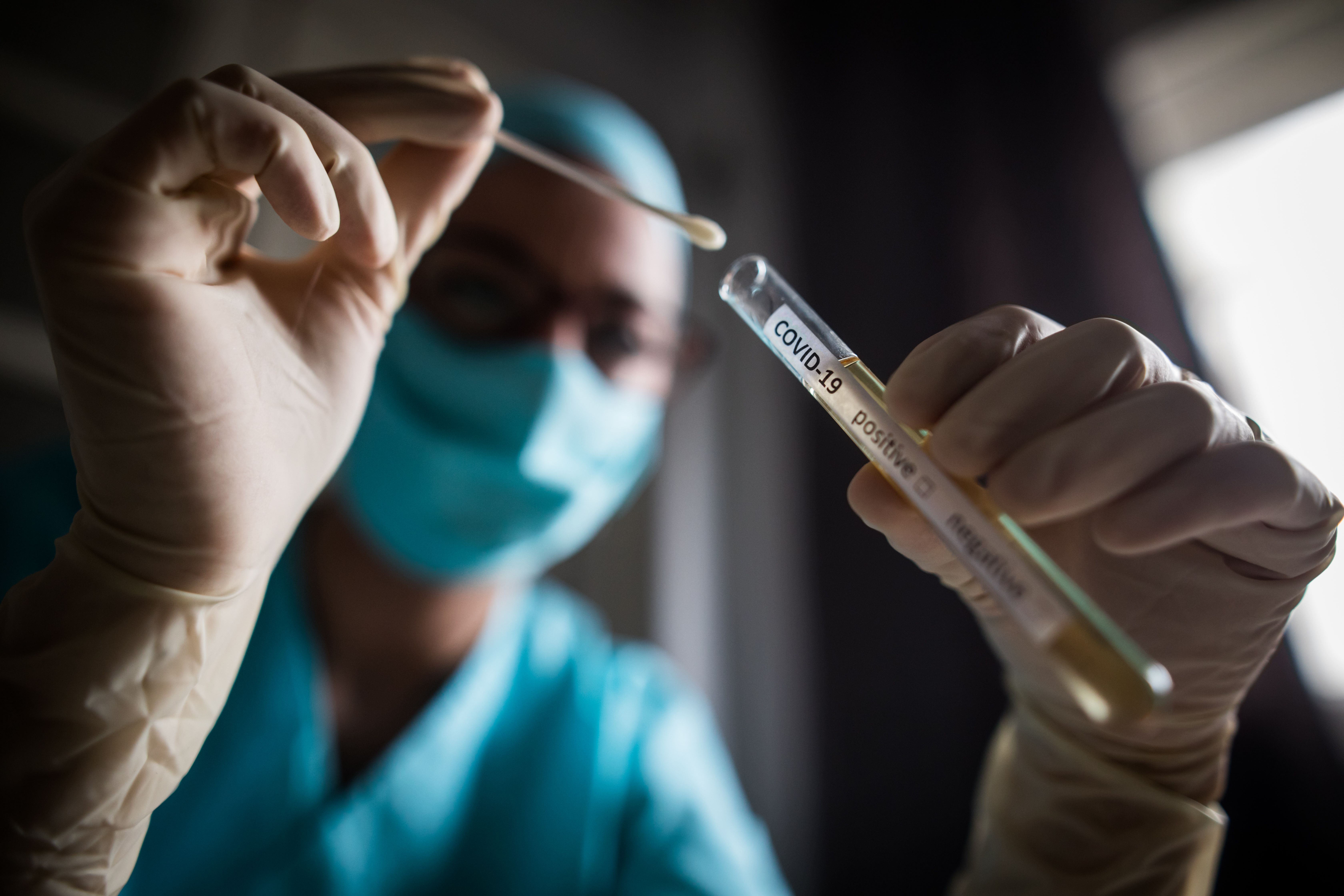Publication
Article
Pharmacy Times
Navigating At-Home Pregnancy Tests
Author(s):
Pharmacists can help women choose an appropriate at-home pregnancy test and counsel them on the proper procedures to ensure accuracy.
Home pregnancy tests have been a popular OTC product for women since the FDA approved the first test, e.p.t. (then manufactured by Warner- Lambert), in 1976.1 The tests are designed to detect the presence of human chorionic gonadotropin (hCG) hormone in urine samples.2 The hCG hormone is detectable in urine within 1 to 2 weeks after fertilization. 2 Home pregnancy tests use monoclonal or polyclonal antibodies in an enzyme immunoassay, and the antibodies adhere to a solid surface such as a stick, bead, or filter.2 If urinary hCG is present, it will form a complex with these antibodies and another antibody that is coupled to an enzyme that reacts with a chromogen to produce a particular color.2

Early pregnancy tests enable women to confirm a pregnancy and receive early prenatal care. Currently many at-home pregnancy tests, such as Fact Plus (Swiss Precision Diagnostics) and e.p.t (McNeil-PPC, Inc), are marketed to detect pregnancy as early as 4 days before the date of an expected menstrual period. First Response (Church & Dwight Co) is marketed to detect pregnancy as early as 6 days before the date of an expected period.3-5
Pharmacists can be a valuable resource for patients electing to use these tests by aiding in both the selection and proper use of home early pregnancy tests. During counseling, patients should be reminded to adhere to the testing protocol provided by the manufacturer, test the urine sample immediately after collection, and wait the allotted time before interpreting results. Unless otherwise specified, the first morning urine should be used, because levels of hCG, if present, are most concentrated at this time of day.2 If testing takes place at another time of day, patients should be advised to restrict fluid intake for at least 4 to 6 hours before urine collection.2
The majority of pregnancy tests can be performed in an easy one-step procedure. Some of the newest tests are digital and have a display reading of “pregnant” or “not pregnant,” which makes the interpretation of results easier and more accurate.
Patients should be advised that performing a test too early after a missed menstrual cycle may result in a false-negative test result. Patients should be reminded that certain factors can affect the accuracy of test results and may cause a false-positive result. Examples of these factors include the use of certain medications, such as menotropins for injection or chorionic gonadotropin for injection, presence of ovarian cysts, miscarriage, or having given birth within 8 weeks of testing.2-5 Patients obtaining a negative test result should also be advised to retest if menstruation does not occur as expected and should be encouraged to see their primary health care provider for a serum hCG test and physical examination. Patients obtaining a positive result should be encouraged to seek medical care to confirm the pregnancy and to obtain early prenatal care, because it is important for both the baby and mother’s overall health.
Ms. Terrie is a clinical pharmacy writer based in Haymarket, Virginia.
References
1. Scolaro KL, Braxton KB, and Helms KL. Devices for Home Evaluation of Women's Health Concerns. Medscape Website.www.medscape.com/viewarticle/571895_1. Accessed April 3, 2010.
2. Rosenthal W, Briggs G. Home Testing and Monitoring Devices. In: Berardi R, Newton G, McDermott JH, et al, eds. Handbook of Nonprescription Drugs. 16th Ed. Washington, DC: American Pharmacists Association; 2009. pp. 917-921.
3. Fact Plus Product Information. Swiss Precision Diagnostics Web site. http://factplus.com/product_details.php.
4. E.P.T. Product Information. McNeil PCC website www.testaccurately.com/index.html.
5. First Response Product Information. Church Dwight Company Web site. http://www.firstresponse.com/earlyPregTest.asp .


MDMA Rejected: The Story of a Study Participant Entrenched in Ethical Violations and a Data Breach





